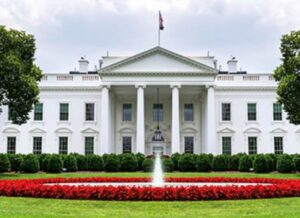
If you’re entering into a commercial lease as a landlord or as a tenant, make sure the space is in compliance with public accommodation laws. Otherwise, you could find yourself paying a fortune in structural and design changes. Fortunately, there are tax breaks available to businesses that make building alterations to comply with the federal Americans with Disabilities Act (ADA). The law requires that disabled people have equal, or similar, access provided to the general public if any of the following apply:
- The building is open to the public.
- You require clients to visit.
- You employ more than 15 people.
The requirement applies only to public accommodations, such as banks, travel or insurance agencies, restaurants, day care centers and health clubs.
Under the ADA, covered businesses are required to immediately remove architectural and communications barriers if such work is “readily achievable” and can be accomplished “without much difficulty or expense.” The language is vague, so a case-by-case determination is necessary to determine whether you need to make architectural or structural changes to the premises.
The changes can include any or all of the following:
- Installing ramps.
- Making curb cuts in sidewalks and entrances.
- Creating designated accessible parking spaces.
- Widening doors.
- Lowering telephones and drinking fountains.
- Adding raised markings on elevator control buttons.
- Replacing doorknobs with handles.
- Widening toilet stalls and installing grab-bars.
- Adding raised Braille or large print to signs.
Keep the ADA requirements in mind when you are renewing or negotiating a new lease. Your attorney may be able to negotiate the contracts so that the owner or building manager takes on the responsibility.
It’s important to navigate the maze of legal obligations so your business doesn’t incur litigation and other costly delays. Meeting the requirements of the ADA, as well as state and local laws, can delay sales, closings and occupancy. You don’t want to initiate building redesigns or wait weeks for permits or certificates of occupancy.
Tax Incentives
Two tax breaks are available to businesses to help cover the cost of making improvements to comply with the ADA.
- The first is a tax credit that can be used for architectural adaptations, equipment acquisitions, and services such as sign language interpreters. The tax credit, which is a dollar-for-dollar reduction of your tax bill, is available to businesses with $1 million or less in annual revenues or 30 or fewer full time employees.
- The second is a tax deduction that can be used by businesses of any size for architectural or transportation changes. It is worth up to $15,000 per year.
Please contact Thomas Burton via our online contact form for more information.
Councilor, Buchanan & Mitchell (CBM) is a professional services firm delivering tax, accounting and business advisory expertise throughout the Mid-Atlantic region from offices in Bethesda, MD and Washington, DC.



